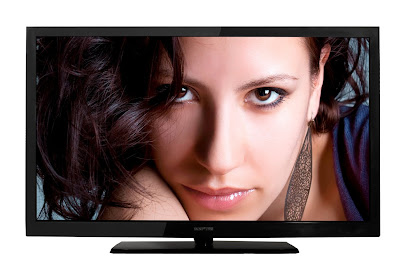- Back to Home »
- Articles , best lcd tv , lcd tv »
- LCD TV
Posted by : lcd
Wednesday, April 3, 2013
LCD TV

LCD TV is a television display technology based on a liquid crystal display. LCD TVs consume much less power than plasma displays because they work on the principle of blocking light rather than emitting it.
An LCD display uses either a passive matrix or an active matrix display grid. The active matrix LCD is also known as a thin film transistor (TFT) display. The passive matrix LCD has a grid of conductors with pixels located at each intersection in the grid. A current is sent across two conductors on the grid to control the light for any pixel. An active matrix has a transistor located at each pixel intersection, requiring less current to control the luminance of a pixel. For this reason, the current in an active matrix display can be switched on and off more frequently, which improves the refresh rate.
Some passive matrix LCDs have dual scanning, meaning that they scan the grid twice with current in the same time that it took for one scan in the original technology. However, active matrix is considered a superior technology.
An LED TV is a type of LCD TV that uses LEDs to backlight the display, rather than the cold cathode fluorescent lights (CCFLs) used in most LCD TVs.
Pros: Not prone to burn-in. Available in smaller sizes than plasma, so may be a better option depending on the available space.
Cons: Can suffer from slower response, which can create a ghosting effect. Some models are also prone to the screen door effect, which means that a faint mesh pattern may be visible.
Suggested articles :










